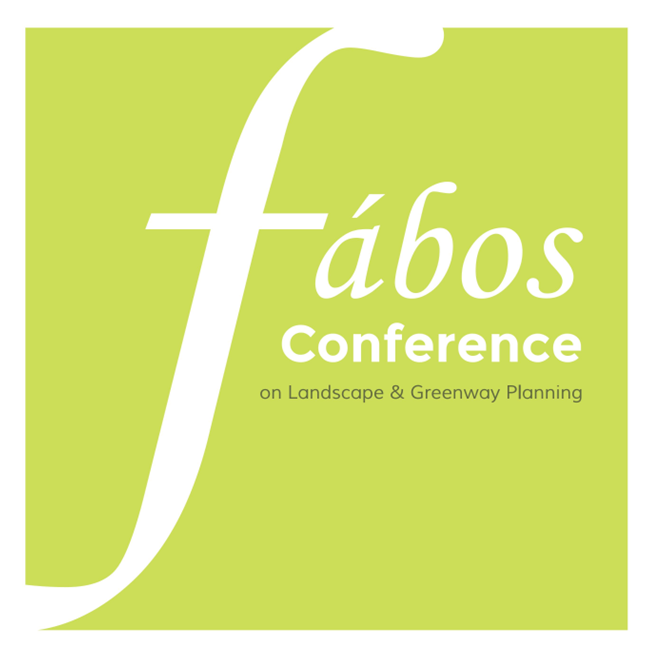Green for Commons: Paths of Development in Hungary, Germany and Georgia
- Viktória Csizmadiáné Czuppon (University of Pannonia, Department of Business and Economics)
- Nino Chachava (Georgian Technical University)
- Gudrun Nahrendorf (Landscape architect, private business)
- Andrea Malerba (Mechanical engineering, private business)
- Andrea Pizzato (Corporate compliance expert, Deutsche Telekom)
Abstract
In the past few years public awareness of green spaces in cities has evolved. Rapid urbanization, population growth, expansion of industrial plants, among others, have led to the occupation of land by buildings, roads, contemporary constructions for different purposes. More of the left green spaces are progressively taken away, showing little consideration to the value of human life, the air quality and nature.
Our cities have increasingly become central in the environmental protectionrelated processes, as they represent a focal point of sustainability, and the political and economic strategies of the countries. However, the process of transforming our cities into sustainable green cities needs to start at a local level, and this has started to become evident in different ways. People have started to seek for green areas, to think about the effects of city pollution and the value of green. They have teamed up to protect trees and green parks (e.g Stuttgart 21), to take care of the animal life and natural biotopes (e.g. FFH Directive), to help protect biodiversity or try to recover it (e.g. breeds threatened by extinction), to plan urban gardening or common gardens, to question what is in the food we consume, to show concern for the well-being of animals and plants. Moreover, people have realized that sustainability is important for communities’ survival, thus trends towards self-provider communities (e.g. with renewable energy, or food) have emerged. Different examples show that the development of green is broad and is not only limited to green spaces.
This paper is based on the theory of negotiations and of common goods. It presents and discusses some planed, some successful and less successful examples of the development of green from Hungary, Germany and Georgia.
Keywords: greenways, hungary, georgia, germany, planning, landscape, design
How to Cite:
Czuppon, V. C., Chachava, N., Nahrendorf, G., Malerba, A. & Pizzato, A., (2016) “Green for Commons: Paths of Development in Hungary, Germany and Georgia”, Fábos Conference on Landscape and Greenway Planning 5(1). doi: https://doi.org/10.7275/fabos.638
Downloads:
Download PDF
193 Views
54 Downloads
